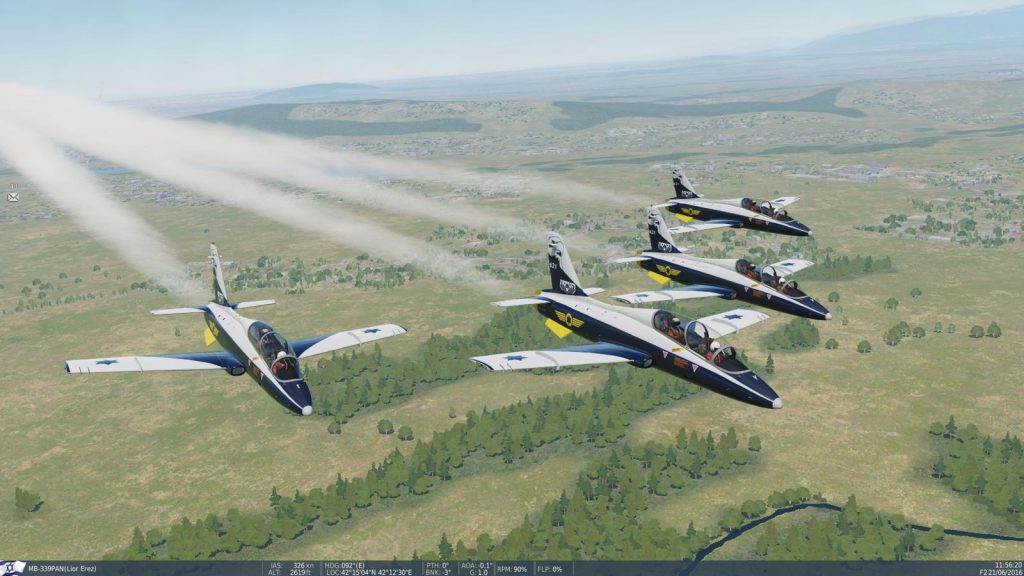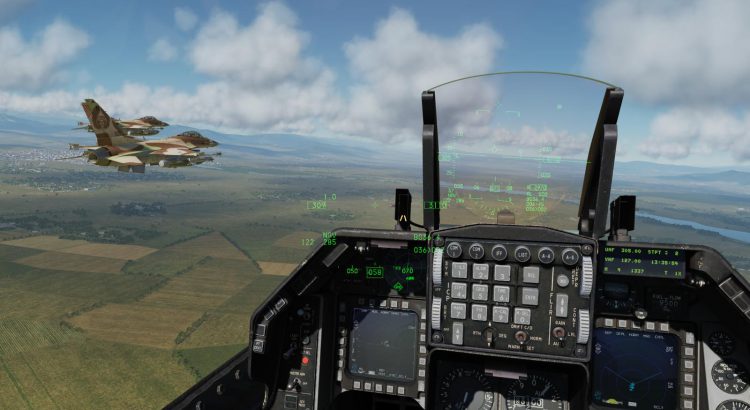The Squadron, the only air force simulator program with Israeli fighter pilots as instructors, announced the launch of their live, online center of excellence program. The program, which is designed for both organizations and individuals, creates a realistic aviation experience that incorporates lessons from the Israel Air Force to promote the ideals and principles it has developed.

photo credit
Ido Iszak
“Our online courses capture the spirit and heritage of the Israeli Air Force, combining a thrilling flight simulator experience with an actual IAF pilot navigating the adventure,” said Colonel (res) Kobi Regev, founder and CEO of the Squadron. “When the flight lands, our pilots help participants apply lessons learned in flight to their workplace or personal circumstances.”
The Squadron’s program delves into concepts of excellence and self-improvement. The five different courses, which meet weekly for five 2-hour sessions, use the Aermacchi MB-339 training aircraft and an F-16 fighter jet and covers accuracy, learning from failure, process improvement, and more.
“We found the course to be a tremendous experience for our employees,” said Inbal Gavish, HRBP, House of Fun, at Playtika. “The lessons and methodologies that originated in the Israeli Air Force are being adapted toward developing individual excellence, personal leadership skills, and self-improvement.”
Before each online mission, participants are given a briefing, where they learn the parameters of their mission and how to fly their fighter jet. They work together with teammates and an IAF fighter pilot to plan their approach, discuss strategy, and ensure that this mission succeeds.

While in the simulator, participants fly over neutral territory, taking part in different types of missions. Their IAF pilot acts as a navigator during the flight, assisting virtual pilots as they fly and guide them to mission success.
After landing, the IAF pilot leads participants through the debriefing session. Through the course, participants learn how to recognize mistakes they made, understand the root cause of those errors, and find ways to avoid similar mistakes in the future.



